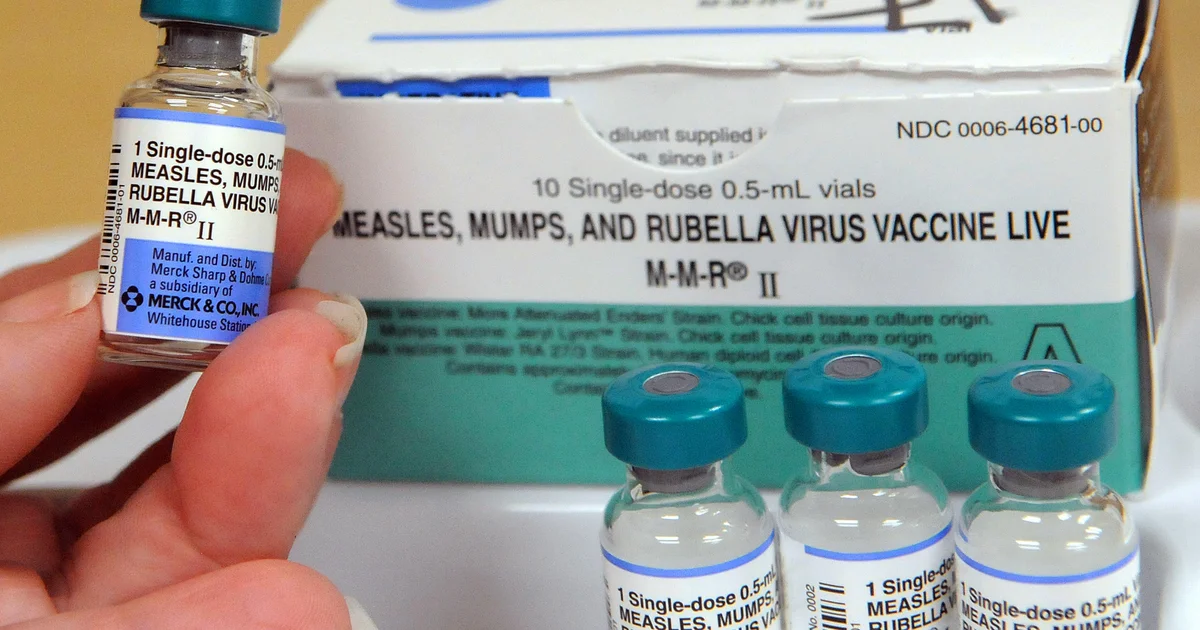
DiYES International School – Measles has returned to the spotlight in the United States as case numbers rise rapidly across multiple states. Health officials have confirmed 1,563 cases this year, making it the highest number in more than thirty years. Experts believe the real total may be closer to 5,000 due to underreporting in several regions. Texas, South Carolina, Arizona, Utah, and Minnesota have seen widespread transmission with new clusters appearing each week. The infection spreads quickly because the virus can linger in the air for up to two hours after an infected person leaves a room. With vaccination rates dropping to 92.5 percent, many communities now face increased vulnerability. Doctors warn that the country must act decisively to prevent the situation from worsening. High immunization coverage once kept this disease in check, but the current surge highlights how quickly old threats can return when protection weakens.
Measles outbreaks now affect at least 41 states with 44 clusters confirmed. In South Carolina, over 150 unvaccinated students entered quarantine after exposure. The state reported its eighth case since late September. Officials also track cases in Arizona and Utah, where infections continue to rise. Utah alone recorded 55 cases this year with wastewater testing showing wider transmission than expected. Arizona reported 63 cases, and Minnesota documented 20. Most of the infected individuals are unvaccinated, and children under five face the highest risk. Public health experts say these outbreaks reveal gaps in community protection. Lower vaccination coverage provides fertile ground for the virus to spread fast. Once a single case enters a vulnerable area, the infection can escalate quickly. The situation mirrors the earlier outbreak in Texas, where more than 700 cases occurred. Health leaders warn that if vaccination rates do not improve, more states may face similar emergencies.
“Read about: Biden Radiation Treatment Shocks America Amid Growing Health Concerns!”
Routine vaccination once eliminated measles from the United States in 2000. At that time, 95 percent vaccination coverage provided strong community protection. Today, the national rate has slipped to 92.5 percent, opening the door to new outbreaks. In some communities, kindergarten vaccination rates are far lower than the national average. These gaps allow the virus to spread unchecked. Doctors urge families to prioritize vaccination to protect children and prevent community transmission. A single person with measles can infect up to 18 others who lack immunity. Experts emphasize that vaccination is not just an individual choice but a community responsibility. Pockets of unvaccinated individuals create dangerous weak points that allow the virus to thrive. Health departments across states continue to encourage immunization campaigns. Clinics and pharmacies provide easy access to vaccines that can stop these outbreaks before they grow larger. Strong vaccination coverage remains the most effective defense.
The contagious nature of measles makes it a serious public health concern. When one person contracts the virus, it spreads rapidly to anyone nearby without immunity. Measles particles remain airborne long after an infected person leaves a space. This unique characteristic allows the virus to travel easily through schools, workplaces, and public areas. Young children face the highest risk, and about one in eight cases lead to hospitalization. Doctors remind parents that measles once claimed hundreds of lives in the country each year. The disease was largely forgotten after vaccination became widespread, but recent trends show how fragile progress can be. In communities with low coverage, outbreaks can expand in a matter of days. Public health teams continue to respond with testing, quarantines, and community alerts. These measures slow the spread but do not replace the protection that vaccines provide. Prevention remains the strongest shield against the disease.
The current surge in measles cases highlights the critical role of coordinated public health efforts. Local health departments, schools, and clinics work together to trace cases, contain outbreaks, and encourage vaccination. Leaders remind the public that the disease once disappeared because of collective action. Experts emphasize clear communication to address fears and misinformation that discourage parents from vaccinating their children. When people act together, communities create strong barriers against outbreaks. Each dose of the vaccine protects not just an individual but also those who cannot receive it for medical reasons. Doctors say this shared responsibility keeps everyone safer. The resurgence of measles shows what happens when vaccination levels decline. Communities that maintain strong immunization coverage can stop outbreaks before they spread. As health agencies intensify their campaigns, the country faces a choice between rising infection or renewed protection through collective action.
This article is sourced from www.npr.org and for more details you can read at diyesinternational
Writer: Sarah Azhari
Editor: Anisa